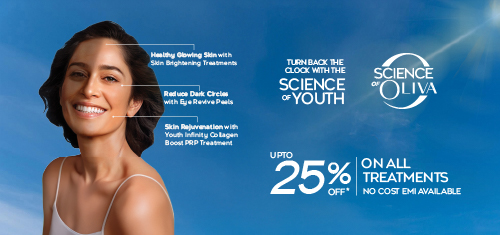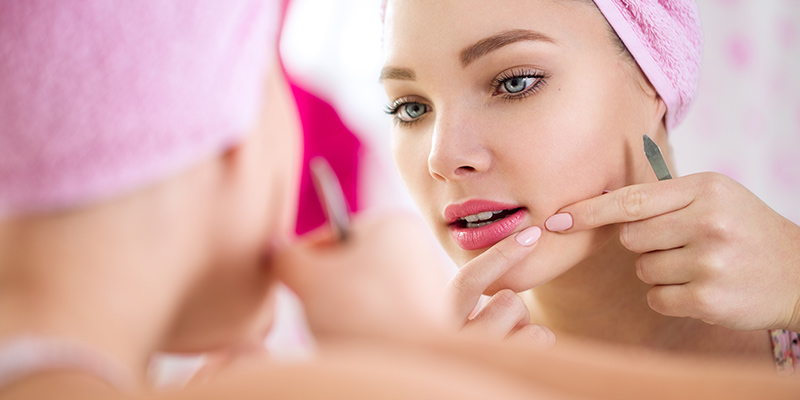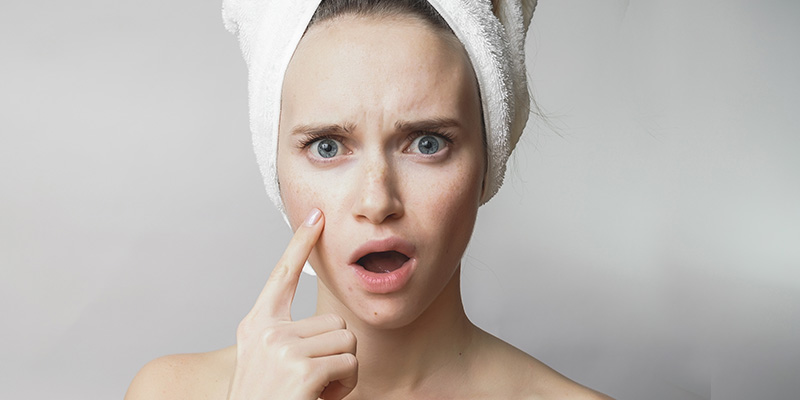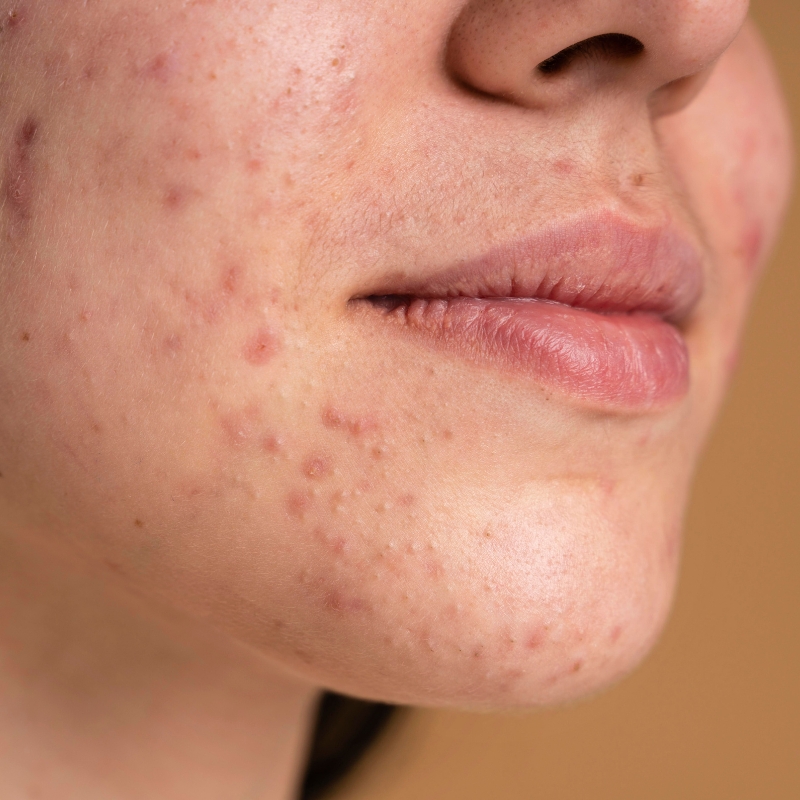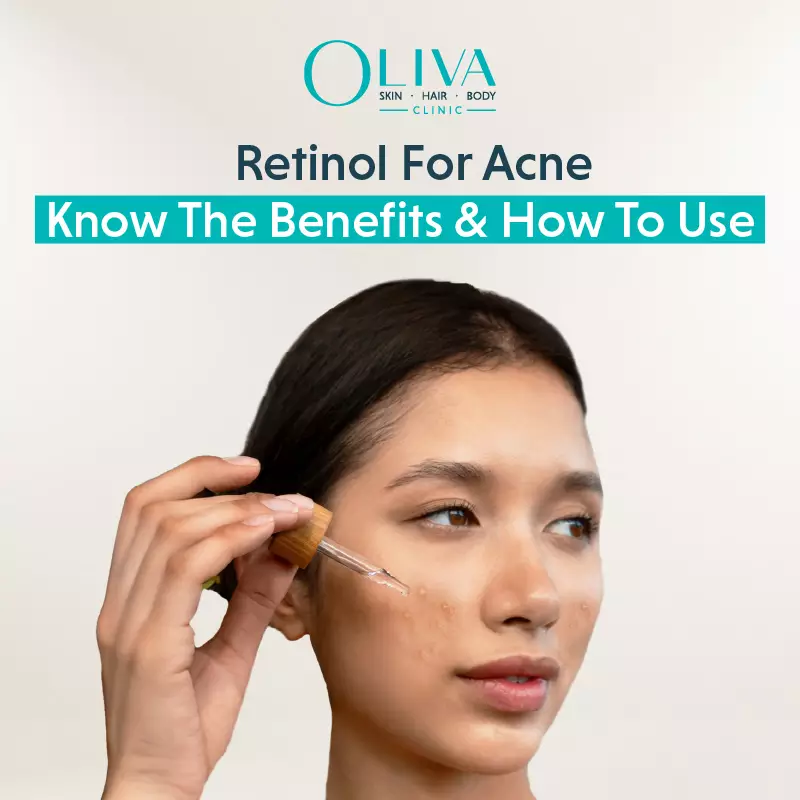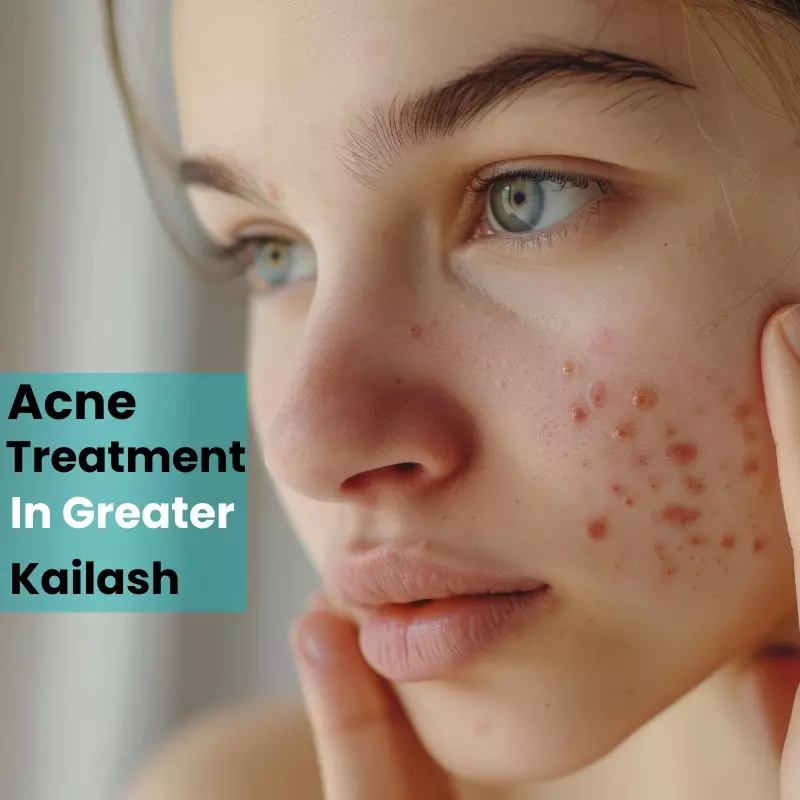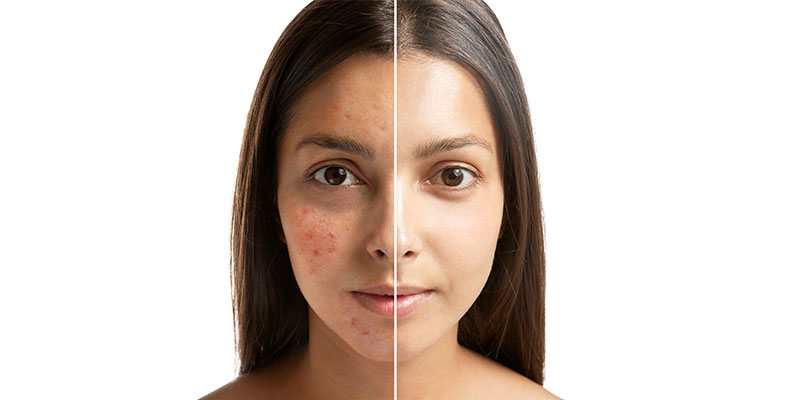Comedonal Acne: Symptoms, Causes, Treatment and Tips
The aspiration for smooth and impeccable skin is universal, but more often than not, the road to such flawless skin is full of bumps. Yes, quite literally! Acne is not just about pimples in the form of pustules and cysts. Comedonal acne, in spite of comparatively being a milder form of acne, can be equally troublesome.
One of the most important steps in successfully treating acne is figuring out the type of acne bothering you and then choosing the best treatment for comedonal acne option available for it. So are the bumps on your forehead or chin actually comedone acne? Let’s find out.
What Are Comedones On Face?
Comedones are formed because of clogging of pores on account of excess sebum (produced by the sebaceous glands), dead skin cells, dirt, and bacteria. Even a partial blocking of these pores can cause comedones to appear. Comedone acne is more likely to develop on forehead, nose, chin, and jawline area of teenagers as well as adults with oily skin. These are mostly inflammation-free (no redness or swelling) but can lead to inflamed breakouts on some occasions.
Blackheads And Whiteheads
Comedonal acne comprises of lesions and bumps on the skin in the form of comedones which can be:
- Blackhead (Open Comedone): An open comedone is the lesion formed out of clogged pores; the tops of which are open and exposed to air. This leads to their oxidation, and the top of the comedone turns dark brown/black in color thus giving it its name, blackhead.
- Whitehead (Closed Comedone): This on the other hand, are formed out of fully clogged pores which are closed on the surface with no exposure to air. This gives them a skin-colored or white appearance, which looks like just bumps on the skin’s surface referred to as closed comedone.
Must Read: What Is The Best Treatment For Acne?
What Causes Comedonal Acne?
Like stated above, comedones are a result of excess sebum production which leads to the dead skin cells and dirt to get trapped in the pores of the skin, breeding bacteria and causing a blockage on the surface of the skin.
The above scenario can be caused by the following factors –
- Hormonal imbalances which can occur in teens as well as adulthood, leading to excess sebum secretion. These hormonal changes can occur during puberty, pregnancy, and also as a result of medication meant to treat other disorders in adults.
- Genetics also come into play here and if members of your family are prone to comedone acne, chances of you developing the same condition become higher.
- In general, people with oily skin are more prone to developing comedone acne.
- Over-hydration of your skin with intense moisturizers which are not suitable for your specific skin type can also cause comedones.
- Smoking habits in adults can lead to acne of this kind.
- Use of certain cosmetics can clog your pores with chemicals that don’t go well with the composition of your skin.
- Damage/injury to the follicle caused by constant skin picking.
- Dietary factors like excess dairy and sugary food consumption.
- Lack of hygiene and an inappropriate skin care regimen.
Comedonal Acne Treatment
Maintaining a hygienic, consistent, and appropriate skin care regimen is the best gift you can give your skin. Additionally, depending on the severity of the condition one can opt for any one of the following comedonal acne treatment options or a combination of these, as deemed necessary by your dermatologist.
- Topical – Opting for topical comedonal acne treatment can be your best bet to bring the oil production in your skin under control, increase cell turnover rate, and unclogging pores. Most of the lotions, ointments, and creams that are prescribed will contain either one or a combination of ingredients like benzoyl peroxide, salicylic acid, glycolic acid, retinoids, etc.
- Chemical Peels – This treatment exfoliates the skin and unclog pores easily and get rids of the comedones.
- Comedone Extraction – Once done under the expert supervision of an experienced dermatologist, this method can provide exceptional relief from the condition.
- Microdermabrasion – This is done with the help of a machine that removes the topmost layer of your skin, thereby getting rid of the comedones and clogged pores along with improvement in the texture of the skin.
Must Read: How Much Does A Skin Peel Cost?
How Do You Get Rid Of Comedones Naturally?
Prevention of comedonal acne is always the best approach to follow. Here are some prevention tips that can help you avoid the condition altogether –
- Use facial cleansers that are specially formulated for acne-prone skin, making sure not to scrub your skin in a harsh way.
- Opt for a water-based moisturizer rather than an oil-based one, if you have an oily skin type.
- Choose skin care and cosmetics carefully making sure they are non-comedogenic.
- Make sure to completely remove your makeup before hitting the bed to avoid clogged pores and blemishes.
- If a particular medication is causing bumps on your skin, make sure you inform your doctor.
- If you are a smoker, give up the habit!
- A well-balanced diet with minimum dairy and sugar in addition to moderate exercise are great for not just your waistline but also your skin.
- Avoid touching your face as much as you possibly can. Popping pimples and picking on your skin is a complete no-no!
- Pamper your skin at regular intervals and make sure you keep it clean and fresh at all times.
Must Read: What Do You Mean By Acne Prone Skin?
Bumpy skin is often ignored because the situation seems mild and non-threatening. But continuous neglect of blackheads/whiteheads without remedial measures can lead to severe comedonal acne and breakouts. Treating the condition at a nascent stage is always better than letting it go out of hand where it then becomes difficult to tackle.

